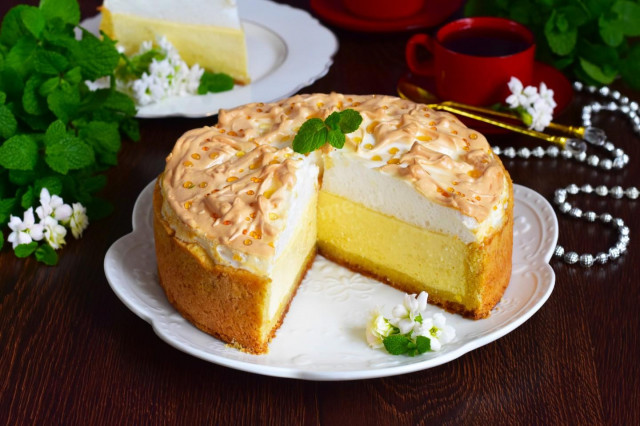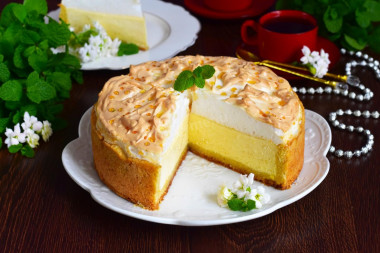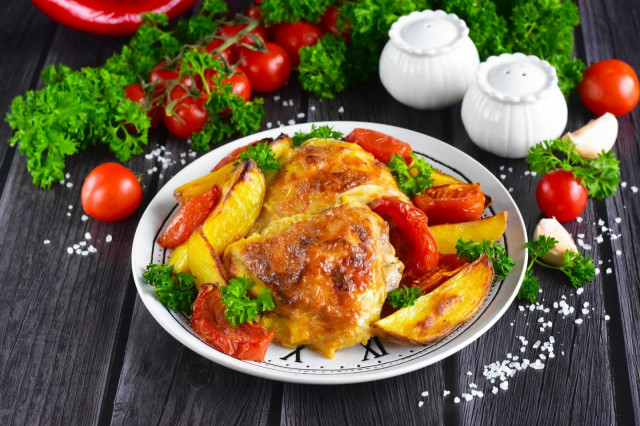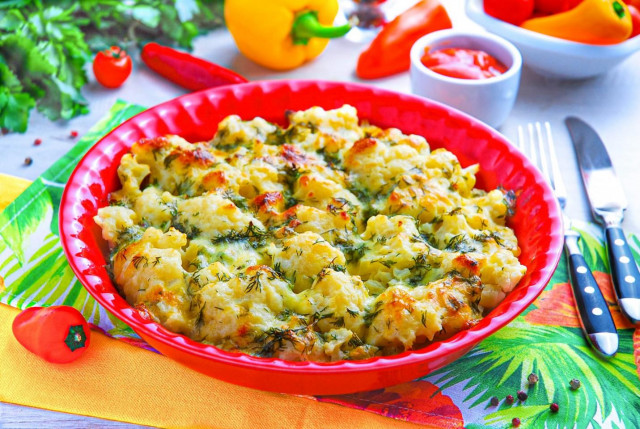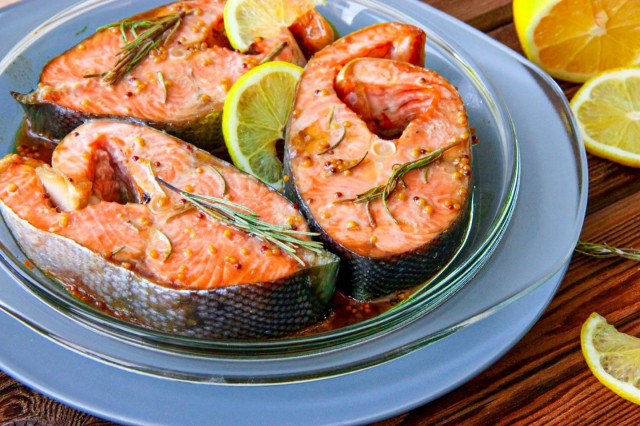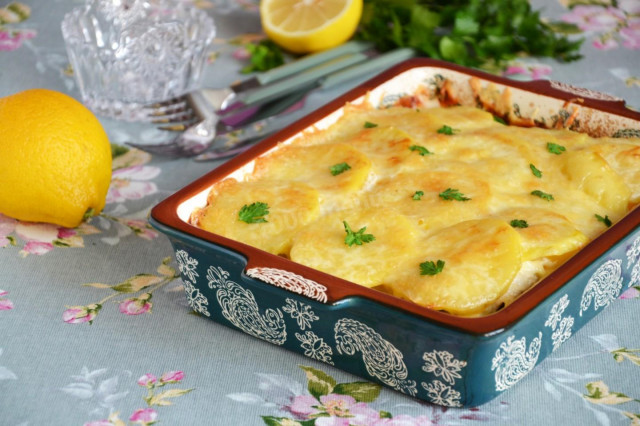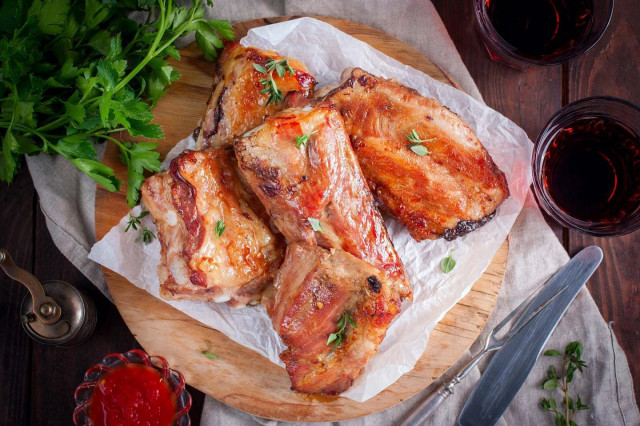Composition / ingredients
Step-by-step cooking
Step 1:

How to make Angel Tears cake with cottage cheese? In fact, this is a very simple and fast enough baking. Cream needs a fat content of 33-35%, for whipping. Vanilla flavor can be replaced with 1 tbsp vanilla sugar or vanilla on the tip of a knife. Start by making the dough. Take the flour of the highest grade. The egg is large.
Step 2:
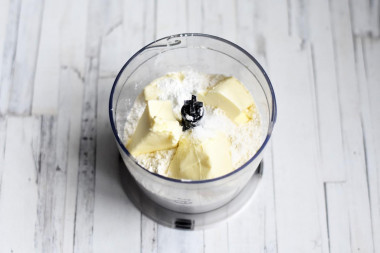
Pour the flour into the blender bowl, put the diced cold butter, add salt and baking powder.
Step 3:
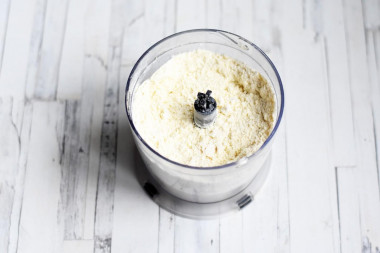
Whisk everything into fine crumbs. It takes literally a few seconds. You can also rub it with your hands, but I have long preferred to beat the crumbs for shortbread dough in a blender - quickly, conveniently and your hands will remain clean
Step 4:
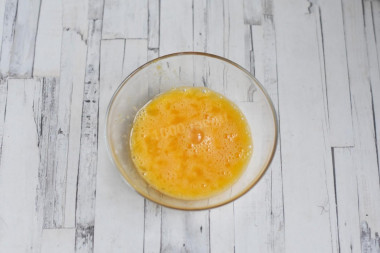
Separately, in a bowl, beat the egg with sugar until the crystals completely dissolve.
Step 5:
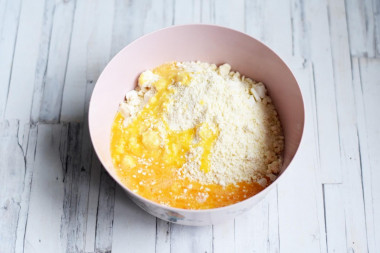
Pour the beaten egg into the flour mixture and quickly knead a homogeneous soft dough.
Step 6:
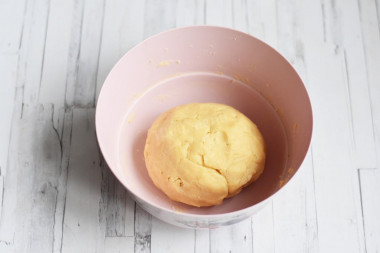
At first, the dough sticks strongly to the hands, but quickly enough it begins to lag behind both the hands and the walls of the bowl. Roll the dough into a ball.
Step 7:
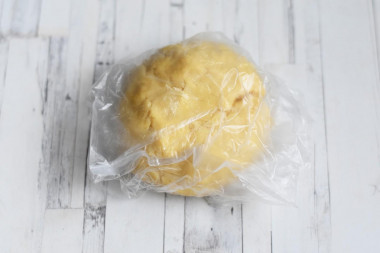
Wrap in cling film and put in the refrigerator for 20-30 minutes.
Step 8:
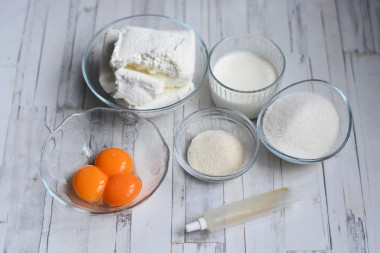
While the dough is cooling, prepare the filling. Cottage cheese is suitable for anyone, but preferably not dry (there may be small hard grains in it, they can spoil the overall impression of the filling) and not too wet (it is better to pre-weigh such cottage cheese so that the excess whey is glass, otherwise it will give excess moisture during baking). The fatter the cottage cheese, the tastier the pie. I have cottage cheese in briquettes.
Step 9:
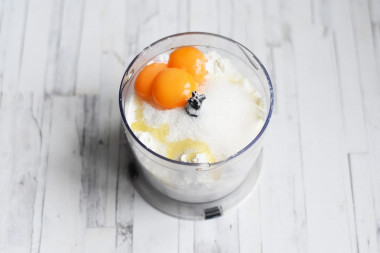
Combine cottage cheese, cream, sugar, yolks and vanilla extract in a blender bowl.
Step 10:
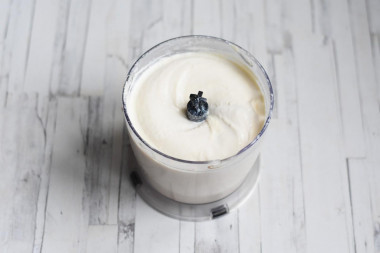
Whisk everything together until smooth. It will turn out to be quite viscous, but a little fluid mass.
Step 11:

Add semolina and mix thoroughly. Leave for 10-15 minutes to make the semolina swell.
Step 12:
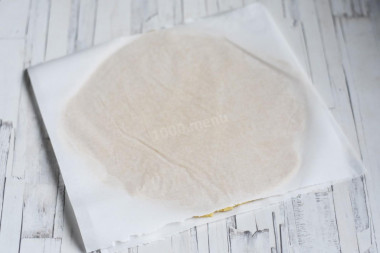
While the curd mass is being infused, take the dough out of the refrigerator and roll it out between two sheets of parchment into a thin layer. Determine the diameter yourself so that the dough covers both the bottom and the sides of the mold. I have a shape diameter of 20 cm, but it can be a little more - 22-24 cm.
Step 13:

Put the dough in a split form or ring lined with oiled parchment, forming high sides. There should be no holes on the dough itself through which the filling could leak.
Step 14:

Pour the curd filling onto the dough. Bake in preheated to 175°With the oven for about 25-35 minutes or a little longer, depending on the characteristics of your oven. The edges of the curd filling should grip, and the middle may tremble slightly.
Step 15:

10 minutes before the end of baking the pie, start cooking the meringue. When dividing eggs into yolks and whites, not a drop of yolk should get into the whites. The dishes in which the whites will be whipped should be clean, without water droplets. If any of these conditions are violated, the proteins will not climb into the foam.
Step 16:
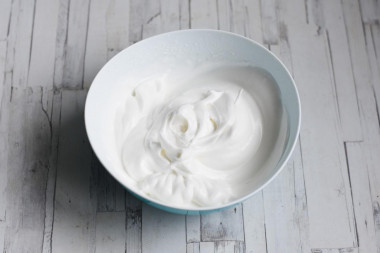
Whisk the cold whites, gradually adding powdered sugar, until a strong stable foam.
Step 17:

Remove the pie from the oven and immediately put the whipped whites on the curd filling. If desired, make relief furrows on the surface with a spatula or spoon.
Step 18:
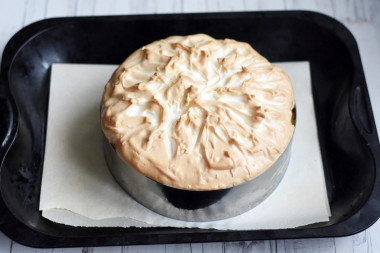
Return the pie to the oven for another 15 minutes and bake at 160 °C. The more the surface of the meringue is browned, the darker the tears will then appear. Determine the exact time and temperature by your oven.
Step 19:
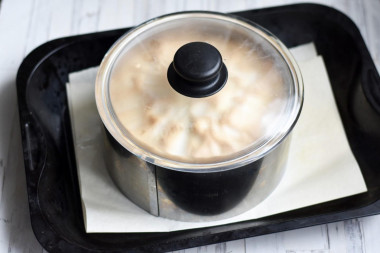
Cover the hot pie immediately with a lid or bowl (not cling film!). The lid should not touch the surface of the meringue. Leave the cake to cool for 2 hours in the cold (do not remove the lid). When it's cold outside, the pie can be taken out to the balcony, in summer - put in the refrigerator. Method 2: you can immediately leave the pie in the cooling oven without covering it for 6 hours, but with this method, tears do not always appear and not at all. I didn't take any chances.
Step 20:
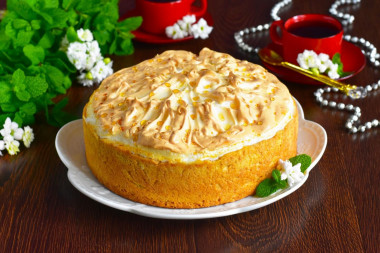
After 2 hours, a lot of caramel droplets, similar to tears, will appear on the surface of the cake. You can invite everyone to the table and admire the appearance and taste of the pie. Bon appetit!
Be prepared for the fact that you may need more or less flour than indicated in the recipe. Focus not on the amount of flour, but on the desired consistency of the dough. To avoid mistakes, read about flour and its properties!
Keep in mind that everyone's ovens are different. The temperature and cooking time may differ from those specified in the recipe. To make any baked dish successful, use useful information about the features of ovens !
Is it possible to replace baking powder with soda, how to add them correctly so that the baking is lush, how to avoid an unpleasant soda taste and much more, read the article "Baking powder or baking soda - which is better?"
Calorie content of the products possible in the dish
- Chicken egg - 157 kcal/100g
- Egg white - 45 kcal/100g
- Egg powder - 542 kcal/100g
- Egg yolk - 352 kcal/100g
- Ostrich egg - 118 kcal/100g
- Semolina - 340 kcal/100g
- Cottage cheese of 40% fat content - 466 kcal/100g
- Cottage cheese of 20% fat content - 233 kcal/100g
- Cottage cheese of 18% fat content - 226 kcal/100g
- Cottage cheese of 10% fat content - 156 kcal/100g
- Low-fat cottage cheese - 75 kcal/100g
- Cottage cheese with sour cream - 260 kcal/100g
- Fruit cottage cheese - 147 kcal/100g
- Soft dietary cottage cheese - 170 kcal/100g
- Vitalinia cottage cheese - 64 kcal/100g
- Cottage cheese "morning" ( "danone") without sugar - 91 kcal/100g
- Cottage cheese - 156 kcal/100g
- Whole durum wheat flour fortified - 333 kcal/100g
- Whole durum wheat flour, universal - 364 kcal/100g
- Flour krupchatka - 348 kcal/100g
- Flour - 325 kcal/100g
- Granulated sugar - 398 kcal/100g
- Sugar - 398 kcal/100g
- Butter 82% - 734 kcal/100g
- Amateur unsalted butter - 709 kcal/100g
- Unsalted peasant butter - 661 kcal/100g
- Peasant salted butter - 652 kcal/100g
- Melted butter - 869 kcal/100g
- Salt - 0 kcal/100g
- Cream 35% - 337 kcal/100g
- Cream 40% - 362 kcal/100g
- Baking powder - 79 kcal/100g
- Egg yolks - 352 kcal/100g
- Powdered sugar - 374 kcal/100g
- Egg whites - 44 kcal/100g
- Vanilla Extract - 321 kcal/100g

